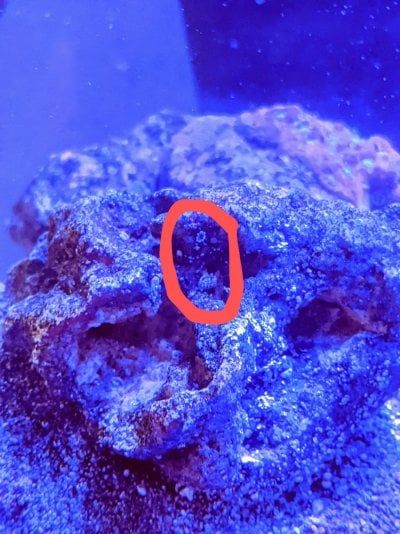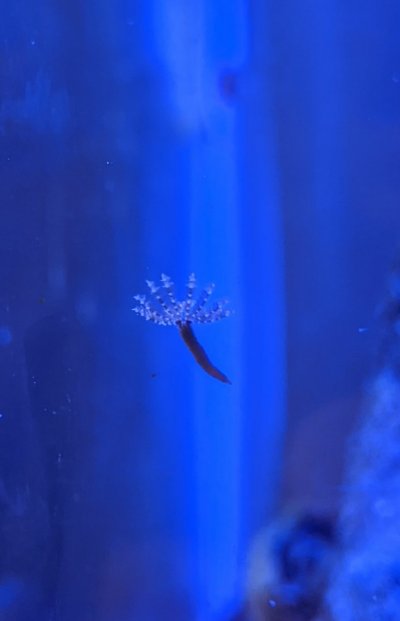Hello,
Yesterday I noticed these things, marked up in the image, in my tank. I tried poking them and they close up and retreat to the hole in the live rock. Can someone identify them? and tell me whether I need to do something about them?
N.B. I always dip my corals in Seachum dip, and I don't have any feather dusters in my tank.
Thanks,

Yesterday I noticed these things, marked up in the image, in my tank. I tried poking them and they close up and retreat to the hole in the live rock. Can someone identify them? and tell me whether I need to do something about them?
N.B. I always dip my corals in Seachum dip, and I don't have any feather dusters in my tank.
Thanks,

















